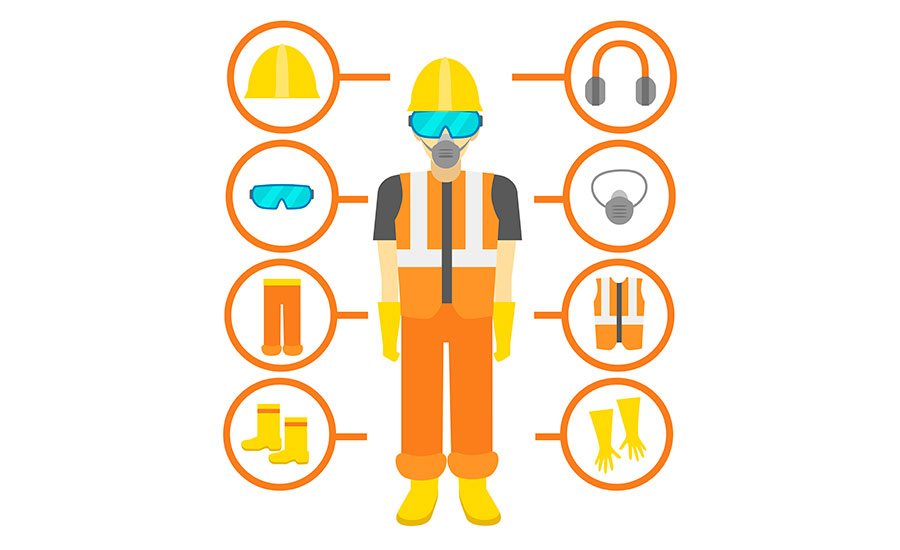
Personal protective equipment (PPE) is worn to minimize exposure to potential hazards, and defend workers from potentially life-changing injuries and illnesses on a daily basis. These injuries and illnesses might potentially result from contact with chemical, radiological, physical, electrical, mechanical, or other workplace or home hazards. Performance of Job Hazard Analyses (JHA) or Job Safety Analyses (JSA) as presented on websites such as JSABuilder.com can help determine the exact characteristics for PPE necessary for conducting any job. We highly recommend performance of JHAs/JSAs before every job. Regardless of where a work activity occurs, if it must be taken on, then reduce the potential risk of injury to the extent possible by using PPE. Fortunately, in the workplace it’s pretty much universally accepted that PPE is needed and required, but after hours when doing chores or work at home, keep the same standards as at work. Accidents at home can be just as debilitating as work injuries. Always use PPE. Standard PPE that may be needed/required at a minimum are as follows:
- Face protection - masks or face shields
- Eye protection - safety glasses
- Ear protection - ear plugs or muffs
- Hand protection - gloves, lots of choices, many to address specific risks
- Full-length trousers
- Long-sleeved shirt
- Hard hat
- Protective boots - steel-toed or equivalent footwear
- High-visibility vest
All PPE used should be acquired from reputable suppliers, properly designed, and fabricated, and must be maintained in a clean and reliable fashion. Also, PPE should always fit workers comfortably, thereby encouraging use and not causing distraction. Depending on the specific work task, PPE requirements may vary a bit, which should be well-defined when risk assessing each task prior to the start of work. If conditions in the field vary from what was anticipated during the preparation of the Job Hazard Analysis, a management of change (MOC) procedure should be followed to make sure any changes are communicated to the field/work team.
During this year’s extensive fire season, we all have come to appreciate the value of protective face masks, but we need to realize that personal protective equipment is so much more and it’s all essential to every work activity everywhere at all times. At home often individuals commonly don’t consider themselves “workers” when conducting maintenance or the like; they are wrong, and they still need to consider the use of PPE. Safety is a 24-hour a day challenge that everybody should focus on.
For this short article however, we believe it is timely to place our focus on face protection to discuss in slightly greater detail. Prior to starting any job, it is important that details be considered for all types of PPE in addition to face protection to aid in selection of proper equipment. For face protection, the commonly available mask and respirator types which can be evaluated for selection are as follows:
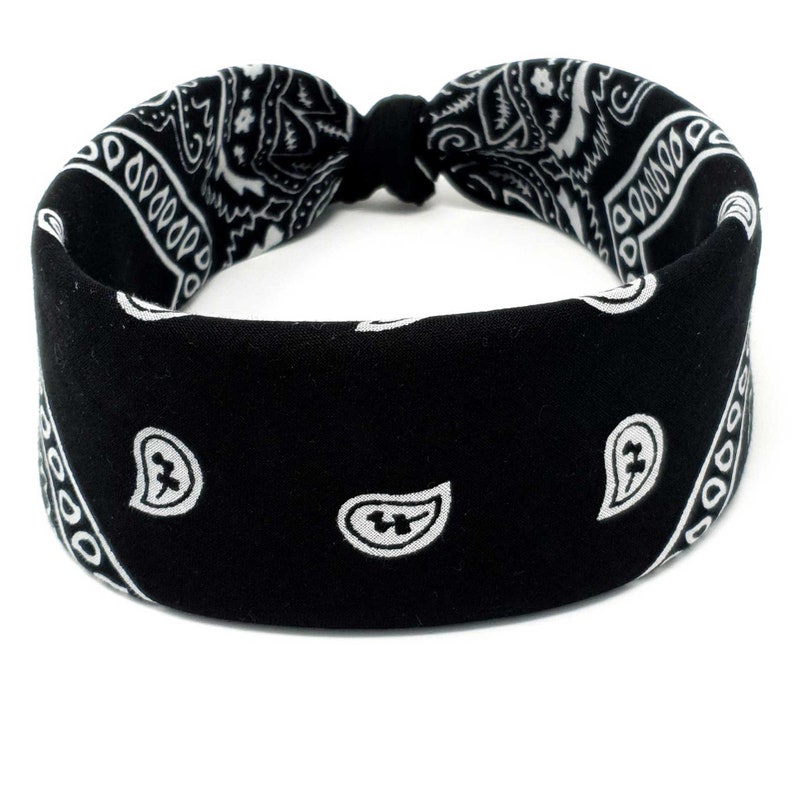



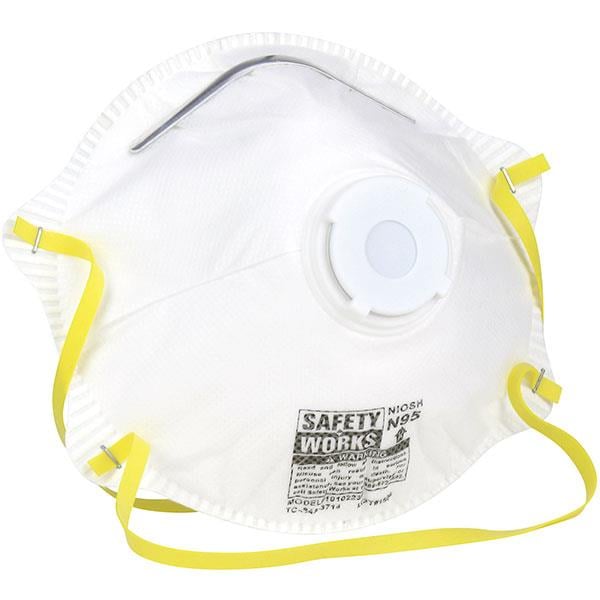


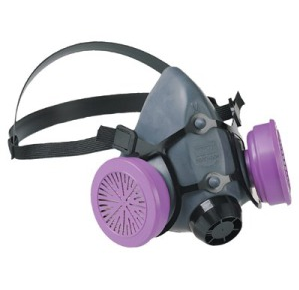
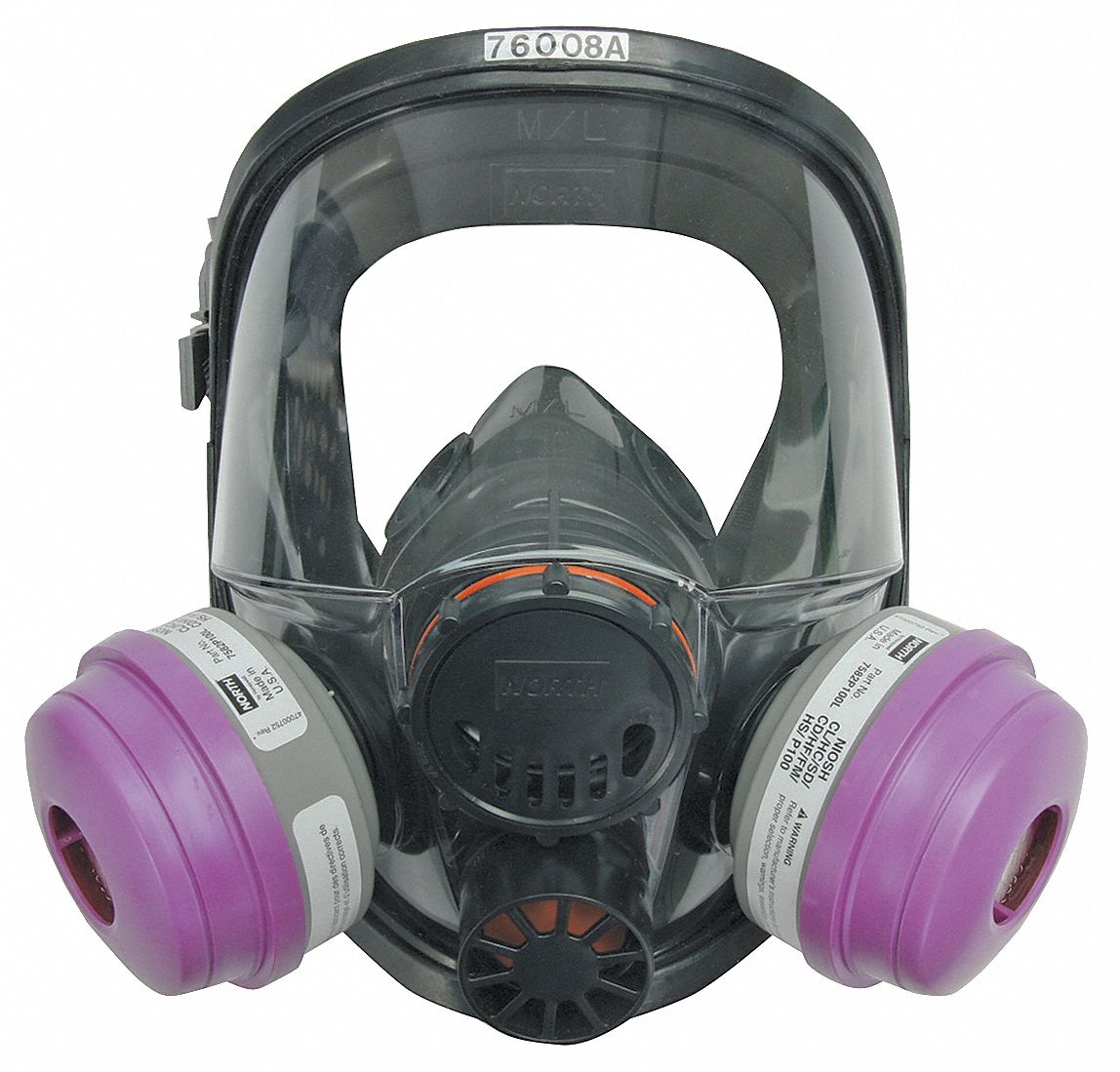



Prior to using any mask or respirator, be sure to check with an appropriate industrial hygiene professional regarding your selection and fitting of the selected equipment. This article is not intended to be treated by readers as being an authoritative information source.
To help plan your next project and risk assess the planned work tasks, it's FREE to try out jsabuilder.com, to discover this outstanding JHA/JSA software that will help your team work safely and go home at the end of each work day without harm. Follow JSABuilder on Twitter @JSABuilder, where we tweet about Health and Safety, post Safety tips, and provide updates on current Health and Safety topics.
Also, try one of our other top safety tools at www.LOTOBuilder.com today. It is currently available for a FREE 30-day trial which will allow you to manage your lock out tag out program from start to finish. Easily enter your workers, equipment and procedures to build an entire LOTO program. Save time and money using LOTOBuilder and help your worker to work safe.
Note: images, links, brands discussed or displayed in this article are not endorsements or recommendations. They are for illustration of various products and types of products. JSABuilder does not recommend products, does not endorse products, or express any opinion as to the applicability to any given use case or job hazard. Again, consult your safety professional to obtain opinions on applicability, selection and fitting of all the various types of PPE, then work smart and safe.
Information source: https://en.wikipedia.org/wiki/N95_mask